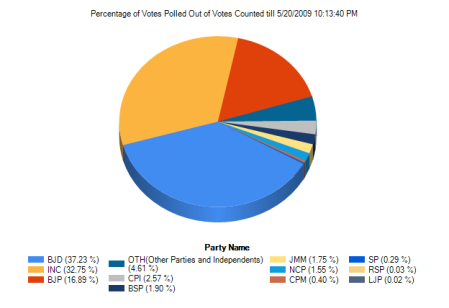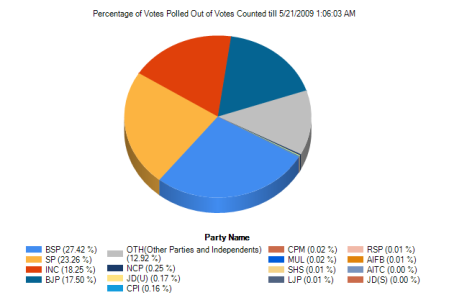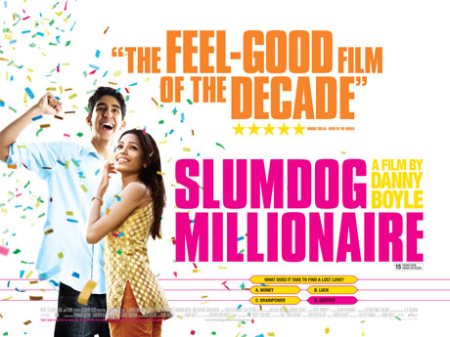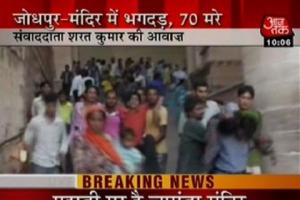
By Asit Ranjan Mishra
When Narendra Modi won a landslide majority in a one-sided election in 2014, I was sure about one thing: He will either be India’s best or worst prime minister. Five years later, I would like to amend my statement. Modi is India’s best AND worst prime minister, depending on whom you ask. In colour analogy, Modi is India’s Black and White Prime Minister. There is nothing grey about him.
Modi brings out the best and worst in people. You will often find people talk about “country over individual” like never before, going to the extent of taking short term pain (remember demonetization!) if they believe it is in the long term interest of the nation. But the surge in nationalistic fervor aided by ample doses of cultural nationalism has created many self-appointed moral police across the country who does not hesitate to sit in judgment over others with a different point of view.
Unapologetic about his Hindutva antecedents and armed with the development plank, Modi in 2014 expanded BJP vote base beyond its core constituency, thus winning 282 seats (31.34% vote share). Till then, BJP’s best performance was delivered by the Advani-Vajpayee duo in 1998 with 182 seats (25.59% vote share). The additional 100 seats that BJP won in 2014 with 5.75% more votes was clearly the Modi effect.
When most people on the street had given up hope on politicians, Modi came almost like savior. By delivering on a few promises such as free housing, cooking gas connection and toilets, Modi cemented his reputation of a leader who can deliver. Even for his voters who have not benefitted from such schemes, they exhibit enormous confidence that their turn will also come if Modi returns to power. Though many of his supporters often admit that not much has happened on jobs front, they show patience and are ready to give him another chance.
Messiah for the supporters and demon for his detractors, Modi remains the biggest unifier cutting across caste lines, and the worst divider on communal lines. There is not an iota of doubt among the supporters and detractors of what Modi stands for. For any view on Modi’s commission or omission, there is an equally strong and opposing view, leaving little space for reaching any common ground. With the rise of binary discourse, space for civil debate on any issue of national importance between two individuals of opposing views without calling each other names is now nil.
While analyzing the similarity between the unprecedented wins of Arvind Kejriwal in Delhi assembly election and Modi’s in the general election, I wrote in Mint in February 2015 that it reflects the coming of age of Indian voter with its soaring risk appetite. “Indian voters have decided they will put all of their political capital behind one man or party and judge its performance not by its words or intentions but by tangible results, overlooking his/her limitations,” I wrote in the article titled “Why Kejriwal and Modi wins are not contradictory”.
On 23 May, if Modi wins a second term riding on a pro-incumbency wave as most of the Exit Polls now suggest, the electorate in their collective wisdom would be signaling that Modi is a muscular and decisive leader under whose stewardship the country is in safe hands and hence deserves a second chance to deliver on his promises about jobs and corruption. If the electorate throws a verdict of a hung lower house with the NDA falling short of the half way mark, then it would mean that the voters still want Modi as the prime minister but with checks on his unsavoury dictatorial tendencies, which a few strong non-NDA allies could ensure. If the NDA falls below 200, that would mean people have realized their bet on Modi in 2014 has gone wrong and it is better to find a new leader through a chaotic churn all over again.
(Views are personal)



 From the beginning, let me make it clear that I don’t know how actually Muslims voted in this elections. My conclusion is based on other indications. In UP, Congress’ fortunes have increased this time dramatically. It has gathered 18.25% vote (21 seats) from 12.04% (9 seats) in 2004. Has it been able to reduce the vote bank of both BSP and SP significantly, no. BSP’s voteshare has declined to 27.42% from 24.67% in 2004, while SP’s voteshare has decreased to 23. 26% from 26.74% in 2004. In UP, the Muslim population accounts for 19% spread over 27 districts of the state. I am not discounting the possibility that Congress may well have increased its voteshare amongst Muslim population, however, the actual loser in UP is the BJP. BJP’s voteshare has decreased to 17.5% from 22.17% in 2004-a near 5% point decline. What does it mean for the hardline Hindutva party in an election where it tried to polarise, or at least hoped to gain from the Varun Gandhi episode? The message is loud and clear-The era of 90s politics is over. It can no more divide and rule.
From the beginning, let me make it clear that I don’t know how actually Muslims voted in this elections. My conclusion is based on other indications. In UP, Congress’ fortunes have increased this time dramatically. It has gathered 18.25% vote (21 seats) from 12.04% (9 seats) in 2004. Has it been able to reduce the vote bank of both BSP and SP significantly, no. BSP’s voteshare has declined to 27.42% from 24.67% in 2004, while SP’s voteshare has decreased to 23. 26% from 26.74% in 2004. In UP, the Muslim population accounts for 19% spread over 27 districts of the state. I am not discounting the possibility that Congress may well have increased its voteshare amongst Muslim population, however, the actual loser in UP is the BJP. BJP’s voteshare has decreased to 17.5% from 22.17% in 2004-a near 5% point decline. What does it mean for the hardline Hindutva party in an election where it tried to polarise, or at least hoped to gain from the Varun Gandhi episode? The message is loud and clear-The era of 90s politics is over. It can no more divide and rule.


